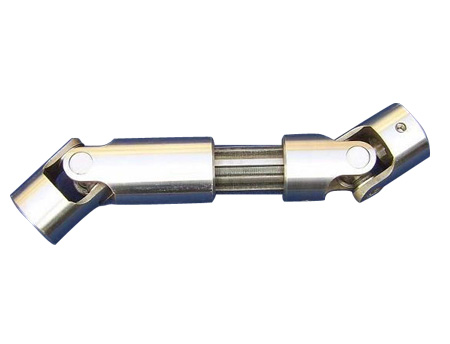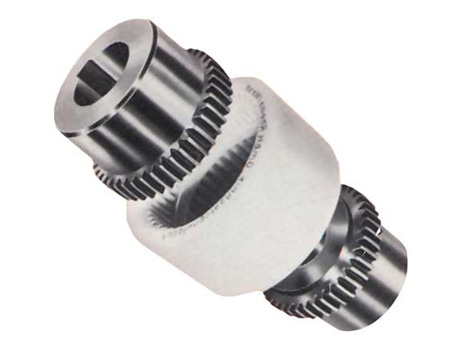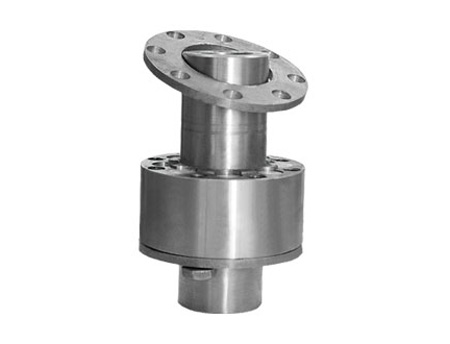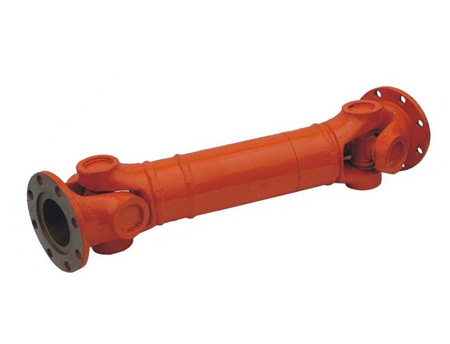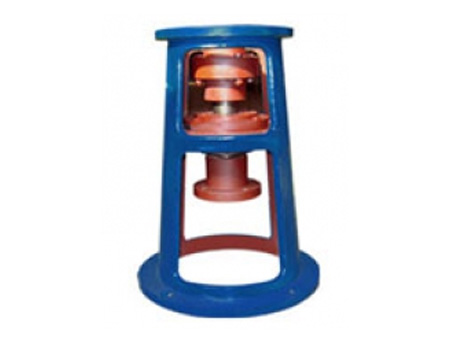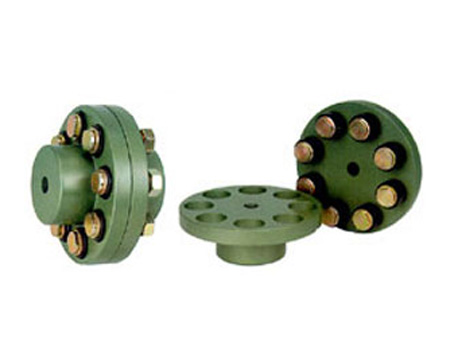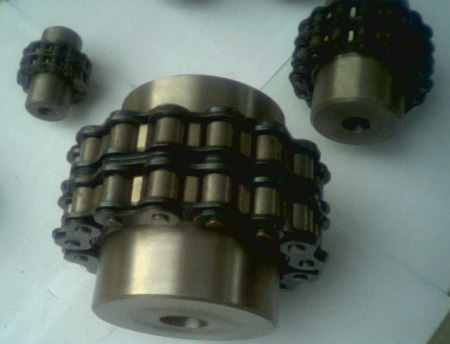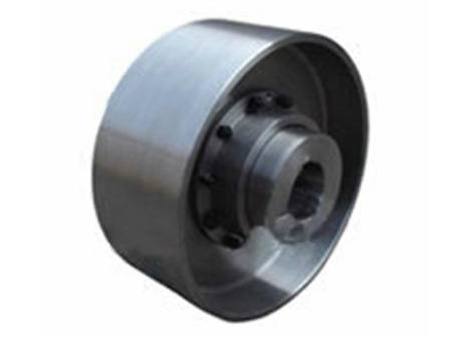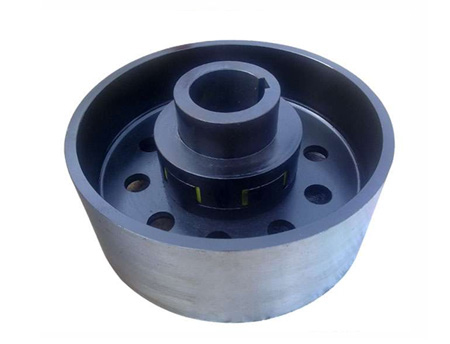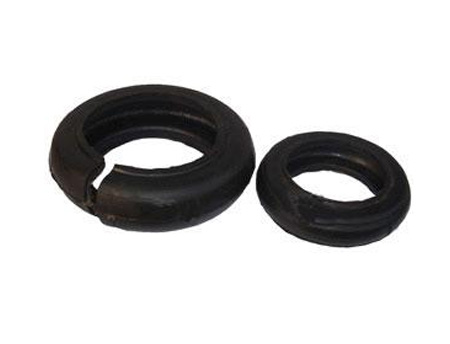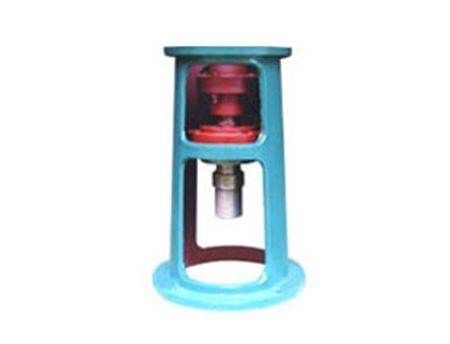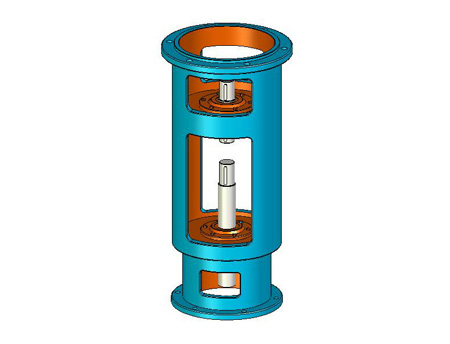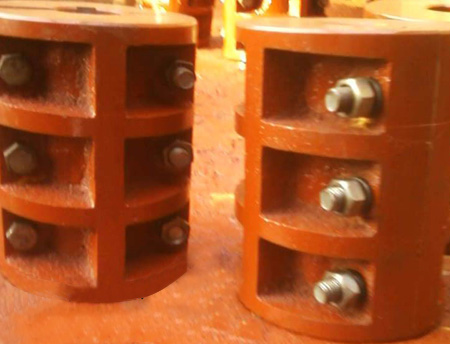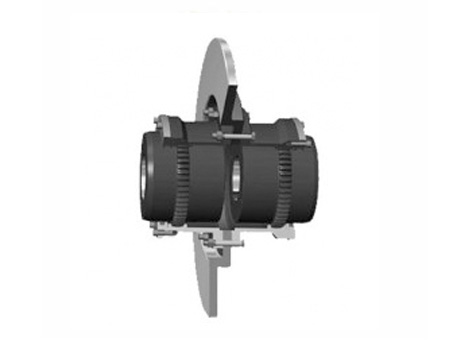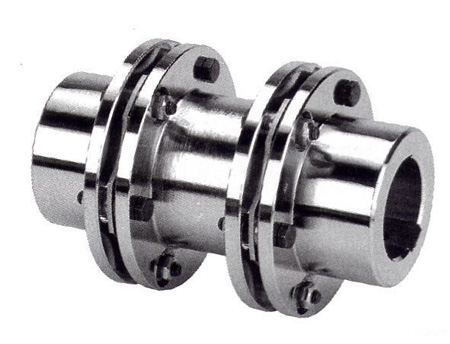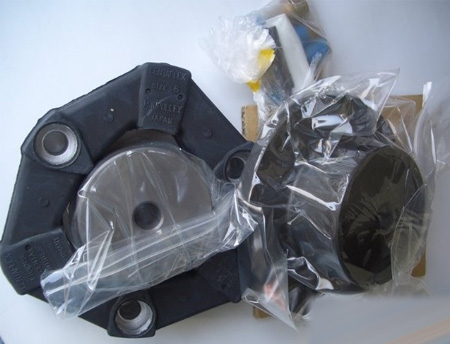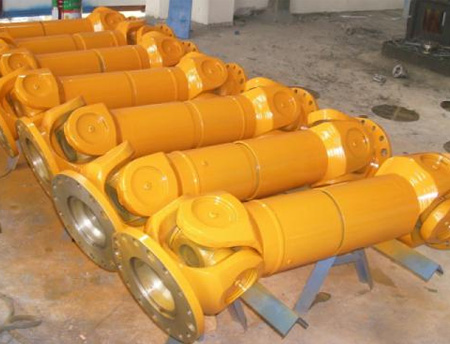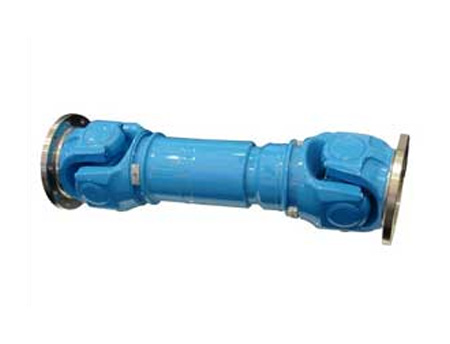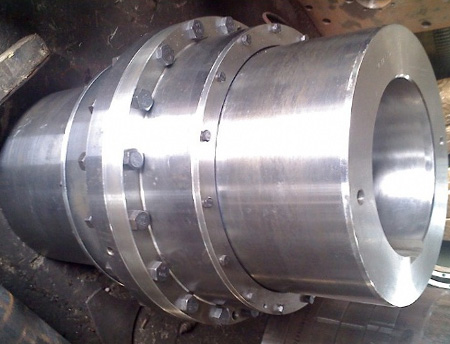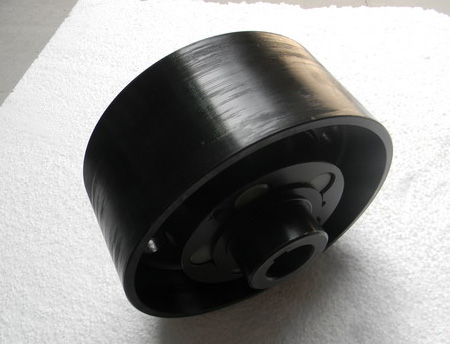- Introduction to Couplings
- A detailed introduction to the drum gear coupling!
- What are the requirements for coupling guards?
- The difference between plum coupling and diaphragm coupling
- What are the characteristics of drum gear couplings?
- Frequently Asked Questions about the Installation and Disassembly of the Diaphragm Coupling
Website: www.rigid-shaft-coupling.xyz
Address: Xihuan Industrial Zone, Botou City, Hebei Province
Disadvantages and troubleshooting of gear couplings
The main disadvantage of gear couplings is poor elasticity (that is, poor cushioning performance).Common faults are:
(1) Oil leakage.In addition to the quality of the seals, the main reason is the choice of lubricating oil. Dilute lubricating oil cannot be used. Lubricating grease should be used in accordance with the requirements of the product manual.
(2) When working, the jitter and movement are large (especially used in high-speed class).During installation, the deviation between the two shafts is too large (axial, radial and angular deviation), and the unbalance of some rotating parts of the coupling must be strictly in accordance with the design and installation requirements to achieve installation accuracy.
(3) Gear wear.Larger wear is used at high-speed shafts, but there is also wear at low speeds.In some mines, not only the gap between the teeth is 3mm~5mm, but the serious thing is that the teeth on the outer gear sleeve are sharpened, and even the teeth on the outer gear sleeve are all shaved, especially in The performance is outstanding when running under high-speed working conditions.Treatment method: mainly adjust the installation accuracy, reduce the mutual movement of the coupling parts, control the load, and not overload.
(4) The noise is large.This is also related to the installation accuracy. Some meet the requirements during installation, but some will change after some time.
(5) Low life span.When used in high-speed grade, the whole set of couplings is usually replaced after 3 years of pollution.
(6) The tight-fitting bolts used for the connection between the two external gear shaft sleeves are loose (mainly appearing on the gear coupling at the output shaft of the main shaft and the reducer).The main reason is overload, the matching bolts are not tight or loose, because the matching is not tight or loose, impact will be generated, and soon after use, the bolts will be sheared under multiple impacts.Therefore, the matching bolts meet the matching requirements according to the design requirements. If the above situation occurs, not only the bolts must be replaced, but the bolt matching holes must be re-reamed.Some coal mines changed the matching bolts here into a conical shape when replacing them, which actually shows that the effect is very good.
(7) The main shaft of the hoist was broken due to the stress concentration at the keyway of the tangential key of the coupling on the main shaft. This happened in coal mines.Mainly when the keyway is processed, the tip of the milling cutter for milling the keyway does not meet the requirements of rounded corners, and some even have sharp corners. Therefore, the stress concentration at the keyway is too large and cracks appear, which will cause a large working load for a period of time. Fatigue cracks will appear under the action (especially the coal mines used in overload). Under the continuous action of the load during the forward and reverse rotation, the cracks gradually expand until the main shaft is broken.
(8) A serious accident is caused by the broken teeth of the outer gear bushing of the coupling, which caused the lifting cage to slide out of control, and the faster the speed, and the high heat caused the friction factor of the smelling tile to be greatly reduced, and the car could not be heard. , The cage dropped quickly and pierced the tank, causing a major accident of casualties.The main cause of the accident was that the length of the two outer gear sleeves of the gear coupling used was less than the standard length, and the size of the inner gear sleeve was standard, so there was a large gap between the end faces of the two outer gear sleeves. The main thing is that the teeth of the inner gear sleeve deviate from the tooth surface of the outer gear sleeve during installation, and the shaft movement is also large during operation, causing the teeth on the inner gear sleeve to interact with the outer gear sleeve on the tooth surface. The stress is greatly increased. After a period of use, the teeth on the shaft sleeve are severely worn due to the high stress, worn to a degree, and broken, resulting in failure of the coupling and out of control of the hoist.At that time, there were people in the raised cage. The out-of-control hoist slipped under the action of gravity, and the speed was getting faster and faster. When the driver found out and used emergency braking, the speed was too high, the temperature of the sound tile was very high and friction The factor is greatly reduced, the braking force is not enough and the pier tank causes a serious injury and lifting accident.
Treatment suggestions:
(1) Strictly adjust the position tolerance and size between the two shafts as required.When installing, pay attention to adjusting the size of the end face between the two shafts of the coupling and the contact requirements and assembly dimensions of the internal gear and the external gear.
(2) For gear couplings used at higher speeds, pay attention to the hardness requirements of the tooth surface.
(3) Pay attention to the variety and quality requirements of lubricating grease.
(4) The connecting and matching bolts between the two internal tooth sleeves should be hinged and locked. In use, always pay attention to whether there is any looseness. If there is any, it should be replaced in time, and the reamed hole of the bolt should be re-reamed. Match.
(5) When the outer gear sleeve is sleeved on the spindle head, strictly check the chamfer of the coupling hole and the rounded corner of the spindle and the matching part, to prevent i1= from causing the shaft hole and the shaft to become stuck locally and fail to reach contact Requirements.
(6) Pay attention to the quality of the tangential bond (contact surface requirements).
(7) Control the load when in use, and don't overload it.
